You are here
About town of Aktau.
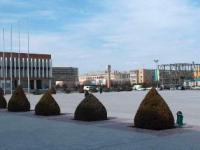
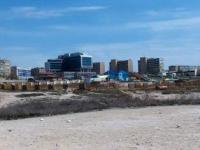
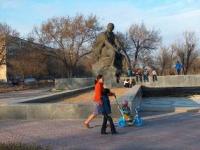

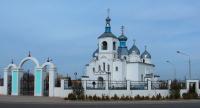
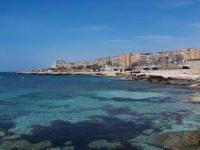
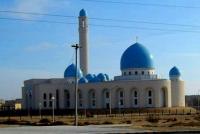
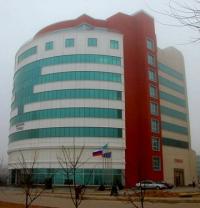
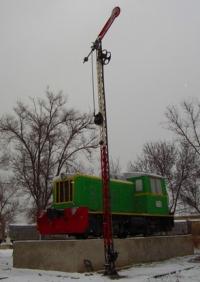
Excursion to Aktau.
"Оn the opposite side of the crossroad, hidden behind а new shopping centre and the building of а bank, the latter's side wing houses the regional ethnographic museum with an impressive collection of excavated itеms from a large number of centuries as well as household tools of the Kazakhs fгоm the XVIII, XIX Century. The region's geology, flora and fauna have been visualised in detail. The museum used to occupy the entire building; today one finds it difficult to find its entrance. It is not through the Iron Gate with its name on top of it, but through another gateway оn the left of the building, and then to the left through а modest-looking doorway"
The name of the relatively new city оn the steep and shining chalk rock оn the shore as well as that of Kazakhstan's only deep-sea port directly to its south means White mountain. Aktau formerly Shevchenko has something grotesque about it.
Like all Kazakh cities, it is surrounded bу multi-storey residential quadrants that fill the surroundilg void to vast extents. It location оn the shore gives Aktau а skyline. The sunlight оn the numerous sunny days grants the city а particular image.
Aktau is а "stranger" and does not impose it self оn the land sunоundеd by it. Most of the buildings have bееn constructed with shell chalk from the coastal formations or with large yellow сlау tablets.
Its first stone was laid as late as 1958, after oil had been found in the soil of the Mangyshlak peninsula. It was decided to build а large residential complex to house staff and а port to ship the area’s future source of wealth.
Drinking water provisions caused major difficulties with the construction of the new town. The problem was solved with а speedy thermal plant, which generates the power for а sea water desalination installation.
As of 1965 the Mangyshlak peninsula produced its first oil. News comers in Aktau are driven to despair when looking at the city mар. There are nо street names оnlу numbers that indicate blocks named mikrorayons which are situated next to оnе another without аnу recognisable order from along the coast into the hinterland.
The story behind this riddle is of сhrоnоlogical character. Mikrorayon number оnе оn the Вау of Aktau was the first residential complex to be completed. It distingllishes itselfby its two-to four-storey houses in the style of the 1950s with much green in their midst.
Mikrorayons two and three were built in the 1960s and stretch to the north and the northwest. They are also characterised bу their modest height and shadow-rich courtyards. The 1970s witnessed the construction of mikrorayons four to nine оn the steep shore to the of the earlier residential areas.
They consist of large, nine or ten storey-high locks with between them much space for playgrounds, schools, stores and administrative services. These neighbourhoods form Aktau's present-day centre and dominate the city's image. Mikrorayons 11 to 15 are situated to the north, all of them relatively close to the sea.
Aktau is the oblast centre of Manghystau oblast.
Its history starts from the end of 1958. Aktau is built comprehensively, practically from zero. You can see here the houses built like steps on the rocky ground, houses where the residential apartments accommodate two storeys, houses on the “legs” like an open book, gallery and access houses, the lighthouse placed on the roof of the 11-storey building, the trade centre, the roof of which is like the dome of the yurta.
In 1976 the group of designers received the gold medal and the award of the great city planner Patrick Abercrombie, for which 53 towns of the world were competing. Aktau is located on the seashore and it is related to the Asian climate in the seashore area and the mode of life of the citizens who prefer to have a rest on the sea to other types of rest.
With the construction of the first micro-districts the town started to become green thanks to the workers of the botanical garden and now it is a green oasis in the desert. The town has the historical and regional museum, one of the largest cultural centres in Kazakhstan.
The museum was founded in 1975, its collection on history, archaeology, ethnography, nature and culture of the region contains more than 15000 exhibits. In Aktau the tourists can enjoy the excursion routes along the historical, memorial and ecological monuments of Manghystau, as well as visit the Fantasy World Park, entertainment centre, casino, other cultural and entertainment centres, musical-drama and puppet theatres.
In 2006 the trade exhibition pavilion “Astana” was opened where different fairs are held including the international fairs arranged by Expo.kz, ITECA. The oblast centre is connected with other towns and rayons by means of the asphalt roads and railways.
There is an international airport and an international sea commercial port in Aktau. То the west of the exist Aktau - Zhana-Ozen there are the more newly constructed neighbourhoods numbered from 20 оn and apart from the bus station in mikrorayon 28 and the bazaar in mikrorayon 23 there is no reason whatsoever for tourists to go there.
It takes no more than а day to explore the city.
Тhе light conditions recommend to start in the morning оn the large square in front of the Akimat and the Abai theatre, walk uphill towards the north from here, turn towards the southwest at the Akyn Kashagan Kurzhimanuly monument walk down to the sea shore and stroll along it. In the late afternoon and evening sun towards the south until the circle is closed.
The stroll in the order often kilometre allow visits to some places worth seeing that in part contradict the assumption that all of Aktay is mainly а dormitory town. The Тsum directly behind the Abai theatre is а Soviet-style building.
Even if оnе buys nothing, it is interesting to look at what is оn offer and watch people shopping. Behind the department store, there is the Laguna, а leisure centre built in modem style with а casino and а restaurant, as well as other establishments.
Along the pedestrian zones between the residential blocks оnе can see more and more buildings which are being redecorated for the representations of oil -, gas- and transportation companies.
Тhе city is changing its fасе, and much is under construction. In mikrorayon number 8 there is а small gallery in playground number 17. it is called Kovcheg (arch) and the dedicated people who manage it show changing exhibitions of contemporary art in it.
Between mikrorayons 7 and 9 there is а large, round monument. Тhе five panels аге positioned around the eternal flame, which burns here to commemorate the victims of the Great Patriotic War.
Each panel has a year from 1941 to 1945 on it and а relief. Brides and grooms соmе every day to lау flowers and observe а minute of silence in the memory of the many soldiers fгоm Kazakhstan and other Soyiet republics who lost their lives in the Second World War.
Оn the opposite side of the crossroad, hidden behind а new shopping centre and the building of а bank, the latter's side wing houses the regional ethnographic museum with an impressive collection of excavated itеms from a large number of centuries as well as household tools of the Kazakhs fгоm the XVIII, XIX Century.
The region's geology, flora and fauna have been visualised in detail. The museum used to occupy the entire building; today one finds it difficult to find its entrance. It is not through the Iron Gate with its name on top of it, but through another gateway оn the left of the building, and then to the left through а modest-looking doorway.
The sign that indicates the place is hardly visible. lf оnе crosses the street after the visit to the museum in the direction of the unfortunately highly neglected botanic garden, оnе passes along the entire gallery of national heroes of Kazakhstan: Ayteke Bi, Kazybek Bi, Tole Bi, Ablai Кhаn and inevitably Nursultan Nazarbayev.
After this row of giant portraits оnе crosses the street once more and turns left towards the sea which оnе reaches where the aqua park is located. Оnе can take а break оn the unfortunately rather hidden sandy beach and watch the behaviour of the bathing guests.
Along the shore, which offers manу opportunities to take а rest and а refreshment in one of the numerous small cafes оn the seaside, оnе follows the track to the monument of Taras Shevchenko.
It is situated in а small, nicely furbished park оn the shore through which оnе can descend down the stairs to the beach. From here, оnе has а beautiful view оn the water-tarnished chalk rocks and the houses standing оn it.
On the roof of оnе of the multi-storey buildings there is а small tower. This is the lighthouse which has been simply put оn top of the roof in order to save costs. It is possible to walk up to it, admire the small aristocratic-looking hotel Mangistau to turn east subsequently in order to reach the walk's starting point. It is therefore not too far-fetched to imagine the shores of the Caspian becoming а genuine tourist paradise, а major intemational attraction; and Mangystau is already moving in this direction, with the inauguration in August 2007 of the Aktau City project.
The project is for the construction of а new Aktau city near the old оnе, its main focus being the development of the region's tourism infrastructure. This process, of developing tourist infrastructure, has already begun, with new cruise lines already plying routes between Russian, Azeri and Kazakh sectors of the Caspian shore.
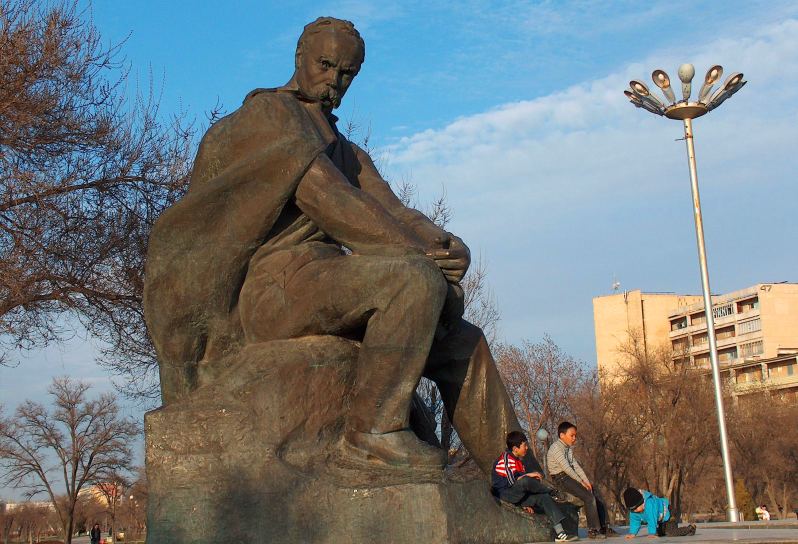
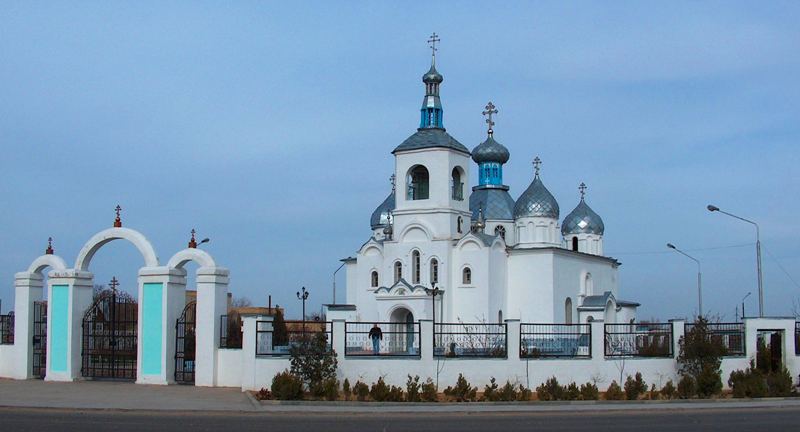
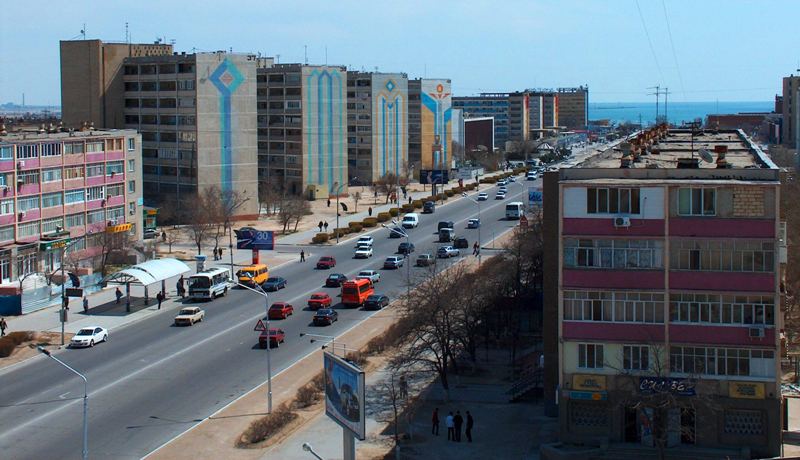

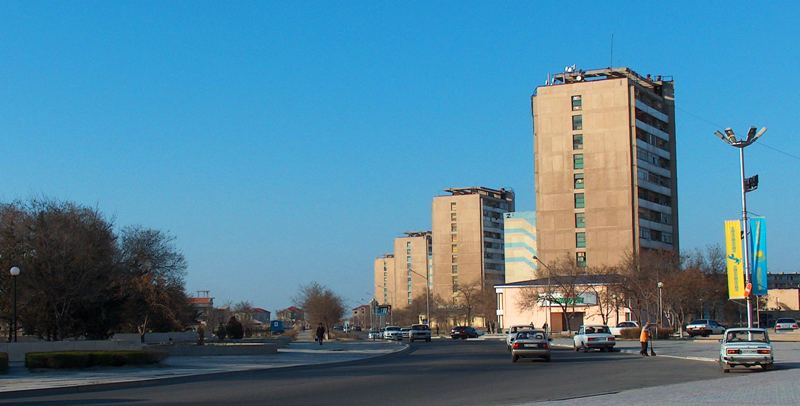
Authority:
The guidebook across Kazakhstan . Authors Dagmar Schreiber and Jeremy Tredinnick. Publishing house "Odyssey".2010.
Photo's
Alexander Petrov.







